Home>Gardening & Outdoor>Landscaping Ideas>How To Dry Out Pampas Grass
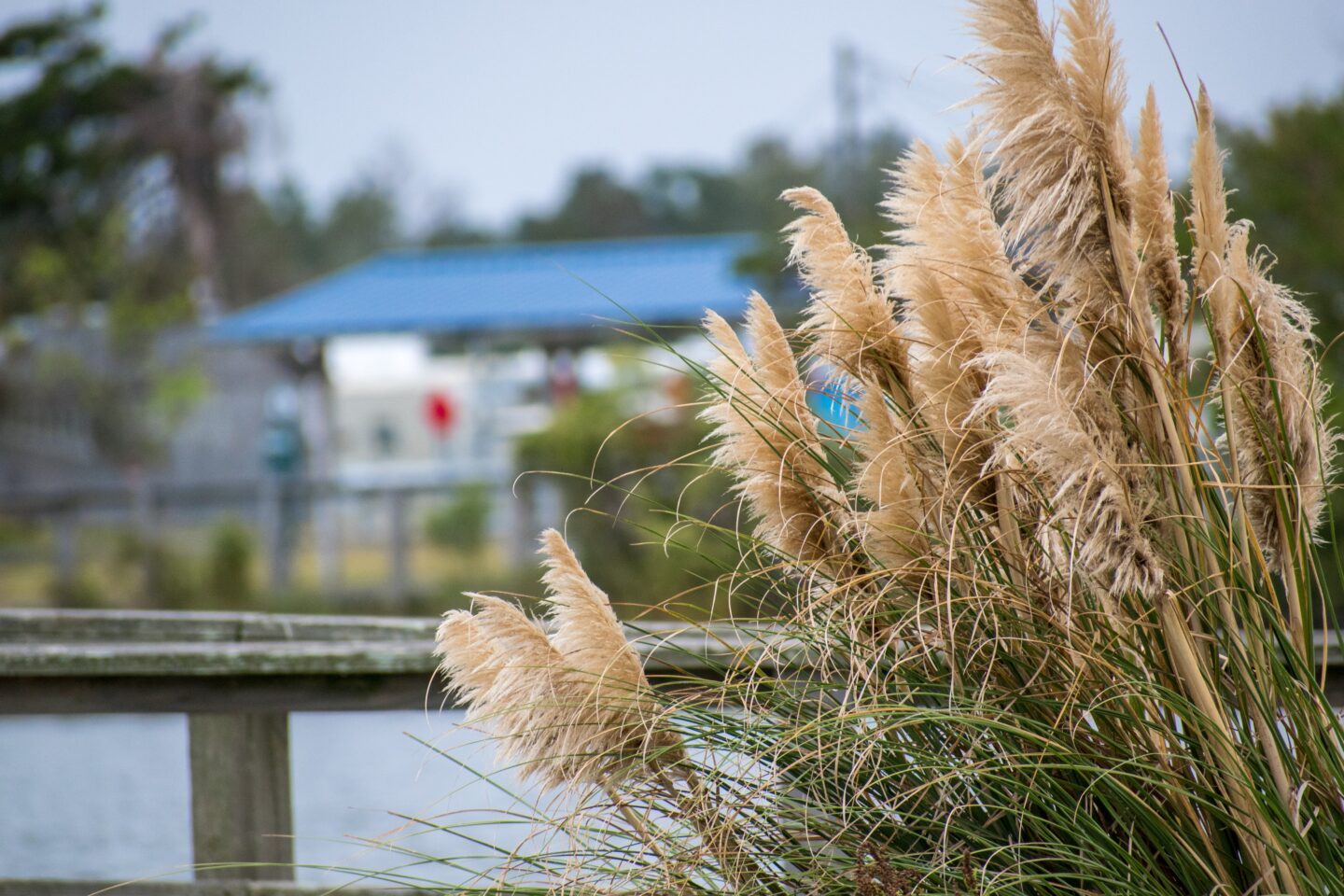

Landscaping Ideas
How To Dry Out Pampas Grass
Modified: August 16, 2024
Learn how to dry out pampas grass for your landscaping ideas. Discover the best methods and tips for preserving and using pampas grass in your outdoor decor.
(Many of the links in this article redirect to a specific reviewed product. Your purchase of these products through affiliate links helps to generate commission for Storables.com, at no extra cost. Learn more)
Introduction
Welcome to the wonderful world of pampas grass, where nature’s beauty meets timeless elegance. Pampas grass, known for its feathery plumes and graceful demeanor, has become a popular choice for adding a touch of whimsy and sophistication to home decor and landscaping. One of the most appealing aspects of pampas grass is its versatility; whether adorning a vase as dried floral arrangements or enhancing outdoor landscapes, this ornamental grass never fails to captivate with its ethereal charm.
In this guide, we will delve into the art of drying pampas grass, a process that preserves its natural allure while extending its lifespan. By understanding the intricacies of drying and maintaining pampas grass, you can elevate your decor and landscaping endeavors with an enduring touch of rustic allure. So, let’s embark on this enchanting journey and unlock the secrets of drying out pampas grass.
Key Takeaways:
- Embrace the natural beauty of pampas grass by drying it during late summer or early autumn to preserve its color and texture for stunning decor and landscaping projects.
- Whether air drying or using silica gel, the process of drying pampas grass opens up a world of creative possibilities, allowing you to maintain its enduring allure and rustic charm with simple maintenance practices.
Read more: How To Dry Out Greenery
Understanding Pampas Grass
Pampas grass, scientifically known as Cortaderia selloana, is a perennial grass native to South America, specifically the pampas region of Argentina, Brazil, and Uruguay. Revered for its ornamental appeal, pampas grass has found its way into gardens, landscapes, and interior decor around the world. This majestic grass can reach impressive heights, with plumes that sway gracefully in the breeze, creating a mesmerizing spectacle.
The plumes of pampas grass can vary in color, including creamy white, soft pink, and muted beige, adding a subtle yet striking contrast to its surroundings. Its robust nature allows it to thrive in a variety of climates, making it a popular choice for landscaping projects.
When considering pampas grass for drying purposes, it’s essential to select healthy plumes that have reached full maturity. The plumes should be free from damage and pest infestations, ensuring that the drying process yields the best possible results. By understanding the unique characteristics of pampas grass, you can appreciate its innate beauty and harness its potential for creating stunning dried arrangements.
Selecting the Right Time for Drying
Timing plays a crucial role in the process of drying pampas grass. The ideal time for harvesting and drying pampas grass is during late summer or early autumn when the plumes have fully developed and reached their peak splendor. At this stage, the plumes are abundant and have not yet been affected by frost or adverse weather conditions, ensuring optimal quality for the drying process.
Harvesting pampas grass at the right time is essential for preserving its natural color and texture. It’s important to avoid harvesting during the early stages of growth or when the plumes are still developing, as this can result in a subpar drying outcome. Additionally, waiting until the plumes have matured allows for a more efficient drying process, as the grass is less prone to shedding or losing its characteristic fluffiness.
Before embarking on the harvesting and drying journey, it’s beneficial to assess the condition of the plumes and ensure that they are free from moisture, as dampness can impede the drying process and lead to mold or discoloration. By carefully selecting the right time for drying, you can maximize the visual appeal and longevity of the pampas grass, paving the way for exquisite dried arrangements and decor accents.
Trimming and Preparing Pampas Grass
Before initiating the drying process, it’s essential to prepare the pampas grass by trimming and handling it with care. Begin by selecting a sharp pair of pruning shears or scissors to trim the plumes from the main stalks. When trimming, aim to cut the plumes at the desired length for your intended decor or arrangement, ensuring clean and precise cuts to maintain the grass’s aesthetic appeal.
While trimming the plumes, it’s advisable to wear gloves to protect your hands from the sharp edges of the grass blades. Additionally, consider wearing a mask to avoid inhaling any loose particles that may be released during the trimming process. Once the plumes are trimmed, gently shake them to remove any excess debris or loose seeds, promoting a cleaner and more refined appearance.
After trimming, carefully inspect the plumes for any signs of damage, discoloration, or pest infestations. Removing any compromised plumes ensures that the drying process yields the best possible results, free from imperfections that may detract from the overall beauty of the dried pampas grass. Once the plumes have been meticulously inspected and trimmed, they are ready to undergo the drying process, whether through air drying or the use of silica gel.
By taking the time to trim and prepare the pampas grass with precision and attention to detail, you set the stage for a successful and visually stunning drying experience, ultimately enhancing the allure of your decor and landscaping endeavors with the timeless charm of dried pampas grass.
After cutting pampas grass, tie it in small bundles and hang them upside down in a warm, dry place with good air circulation. This will help the grass to dry out completely.
Air Drying Pampas Grass
Air drying is a traditional and straightforward method for drying pampas grass, allowing the plumes to gradually desiccate while maintaining their natural form and color. To air dry pampas grass, start by bundling the trimmed plumes together using twine or a rubber band. It’s important to create manageable-sized bundles to facilitate the drying process and prevent overcrowding, which can impede airflow and lead to uneven drying.
Once the plumes are secured in bundles, find a well-ventilated and dry area for the drying process. Hanging the bundles upside down in a warm and airy space, such as a garage or attic, allows for optimal air circulation and encourages the gradual evaporation of moisture from the plumes. It’s advisable to place a protective covering, such as a cloth or paper bag, around the plumes to shield them from dust and direct sunlight, which can cause fading.
Throughout the drying period, which can take several weeks, periodically check the plumes for any signs of mold, mildew, or pest activity. If any issues are detected, promptly address them to preserve the quality of the drying pampas grass. Once the plumes have completely dried, they will exude a delicate rustling sound when gently shaken, indicating that they are ready for use in decor arrangements or displays.
Air drying pampas grass imbues the plumes with a rustic and organic charm, preserving their inherent beauty while preparing them for a myriad of decorative applications. Whether adorning vases, crafting wreaths, or accentuating interior spaces, air-dried pampas grass serves as a timeless and captivating embellishment, infusing any setting with a touch of natural splendor.
Read more: How To Plant Pampas Grass
Drying Pampas Grass Using Silica Gel
For a more expedited and controlled drying method, utilizing silica gel offers a practical and effective approach to preserving the delicate beauty of pampas grass. Silica gel, a desiccant renowned for its moisture-absorbing properties, facilitates the drying process while maintaining the plumes’ shape and color. This method is particularly advantageous for individuals seeking to expedite the drying process or preserve pampas grass with minimal shedding or loss of fluffiness.
To begin, prepare a container large enough to accommodate the pampas grass plumes without overcrowding. Place a layer of silica gel at the bottom of the container, creating a stable foundation for the plumes. Carefully position the trimmed plumes on top of the silica gel, ensuring that they are not touching each other and are evenly distributed within the container. Once the plumes are arranged, gently pour additional silica gel over them, ensuring that the plumes are fully covered and surrounded by the desiccant.
Seal the container with an airtight lid to create a controlled environment conducive to the drying process. The sealed container prevents external moisture from impeding the desiccation of the plumes, allowing the silica gel to efficiently extract moisture from the grass while preserving its natural form and texture. Place the container in a dry and temperate location, away from direct sunlight, and allow the silica gel to work its magic over the course of several days to a week.
Periodically monitor the progress of the drying process, checking the plumes for signs of dryness and flexibility. Once the plumes have fully dried, carefully remove them from the silica gel, gently shaking off any residual desiccant. A light, even misting with hairspray can help preserve the fluffiness and minimize shedding of the dried pampas grass, ensuring long-lasting beauty for your decor and design endeavors.
Drying pampas grass using silica gel offers a convenient and efficient method for preserving the grass’s allure, making it an ideal choice for individuals seeking a controlled and expedited drying process. The resulting dried plumes exude a timeless elegance, ready to grace an array of decor arrangements and artistic creations with their enduring charm.
Maintaining Dried Pampas Grass
Once the pampas grass has been successfully dried, proper maintenance is essential for preserving its longevity and visual appeal. Dried pampas grass is remarkably resilient and requires minimal upkeep to retain its enchanting allure. By implementing simple maintenance practices, you can ensure that your dried pampas grass remains a captivating and enduring element of your decor and design compositions.
To maintain dried pampas grass, begin by gently dusting the plumes with a feather duster or soft-bristled brush on a regular basis. This helps remove any accumulated dust or debris, keeping the plumes looking fresh and vibrant. Additionally, avoid placing dried pampas grass in high-humidity areas or areas prone to moisture, as excess humidity can compromise the integrity of the dried plumes and lead to mold or mildew formation.
When displaying dried pampas grass indoors, position it away from direct sunlight to prevent fading and discoloration. Similarly, avoid placing the plumes near heat sources or in areas with fluctuating temperatures, as prolonged exposure to extreme heat or cold can affect the texture and appearance of the dried grass. By exercising caution when choosing display locations, you can prolong the beauty and allure of your dried pampas grass arrangements.
If you notice any shedding or loss of fluffiness in the dried plumes over time, a light misting with hairspray can help reinforce the integrity of the grass and minimize shedding. Simply spritz a fine mist of hairspray over the plumes, allowing it to dry completely before handling the dried pampas grass. This simple technique can effectively mitigate shedding and preserve the delicate fluffiness of the plumes, ensuring that they maintain their captivating presence in your decor arrangements.
By incorporating these maintenance practices into your care routine, you can extend the lifespan and visual allure of dried pampas grass, allowing it to continue enriching your decor and design endeavors with its timeless elegance and rustic charm.
Conclusion
Embarking on the journey of drying pampas grass unveils a world of natural beauty and creative possibilities, allowing you to harness the timeless allure of this ornamental grass for a myriad of decor and design ventures. From accentuating interior spaces with ethereal arrangements to infusing outdoor landscapes with rustic elegance, dried pampas grass serves as a versatile and enduring embellishment that captivates with its delicate plumes and organic charm.
Understanding the unique characteristics of pampas grass, from its origins in the pampas region of South America to its varied hues and graceful plumes, provides a deeper appreciation for its innate beauty and potential for creative expression. Selecting the right time for drying ensures that the plumes are at their peak condition, ready to undergo the drying process and retain their natural color and texture.
Trimming and preparing the pampas grass with precision and care sets the stage for a successful drying experience, whether through the traditional method of air drying or the controlled approach using silica gel. Each method offers its distinct advantages, allowing you to tailor the drying process to your preferences and time constraints.
Once the pampas grass is dried, implementing simple maintenance practices, such as gentle dusting and mindful display considerations, preserves its enduring allure and ensures that it remains a captivating element of your decor compositions for years to come.
In conclusion, the art of drying pampas grass is a harmonious fusion of nature’s splendor and creative ingenuity, offering a wealth of opportunities to adorn and enrich your surroundings with a touch of rustic elegance. Whether adorning vases, crafting wreaths, or enhancing interior spaces, dried pampas grass stands as a testament to the timeless allure of nature’s bountiful offerings, inviting you to explore, create, and elevate your decor and design endeavors with its ethereal presence.
Frequently Asked Questions about How To Dry Out Pampas Grass
Was this page helpful?
At Storables.com, we guarantee accurate and reliable information. Our content, validated by Expert Board Contributors, is crafted following stringent Editorial Policies. We're committed to providing you with well-researched, expert-backed insights for all your informational needs.
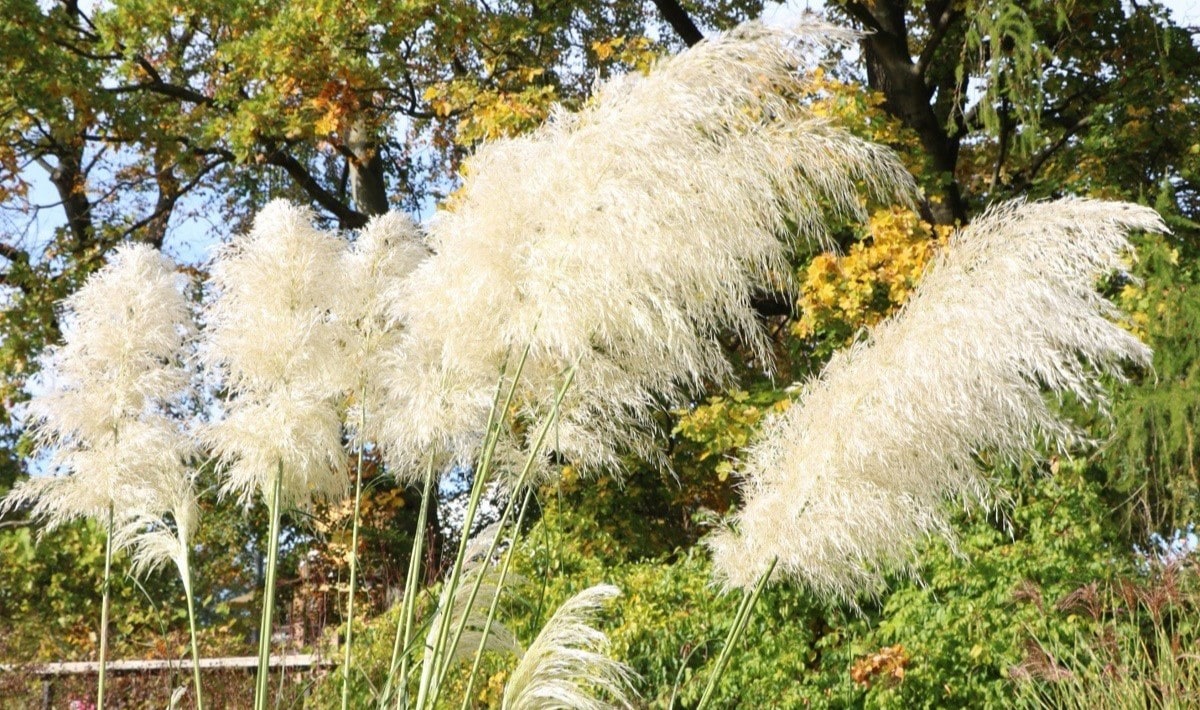

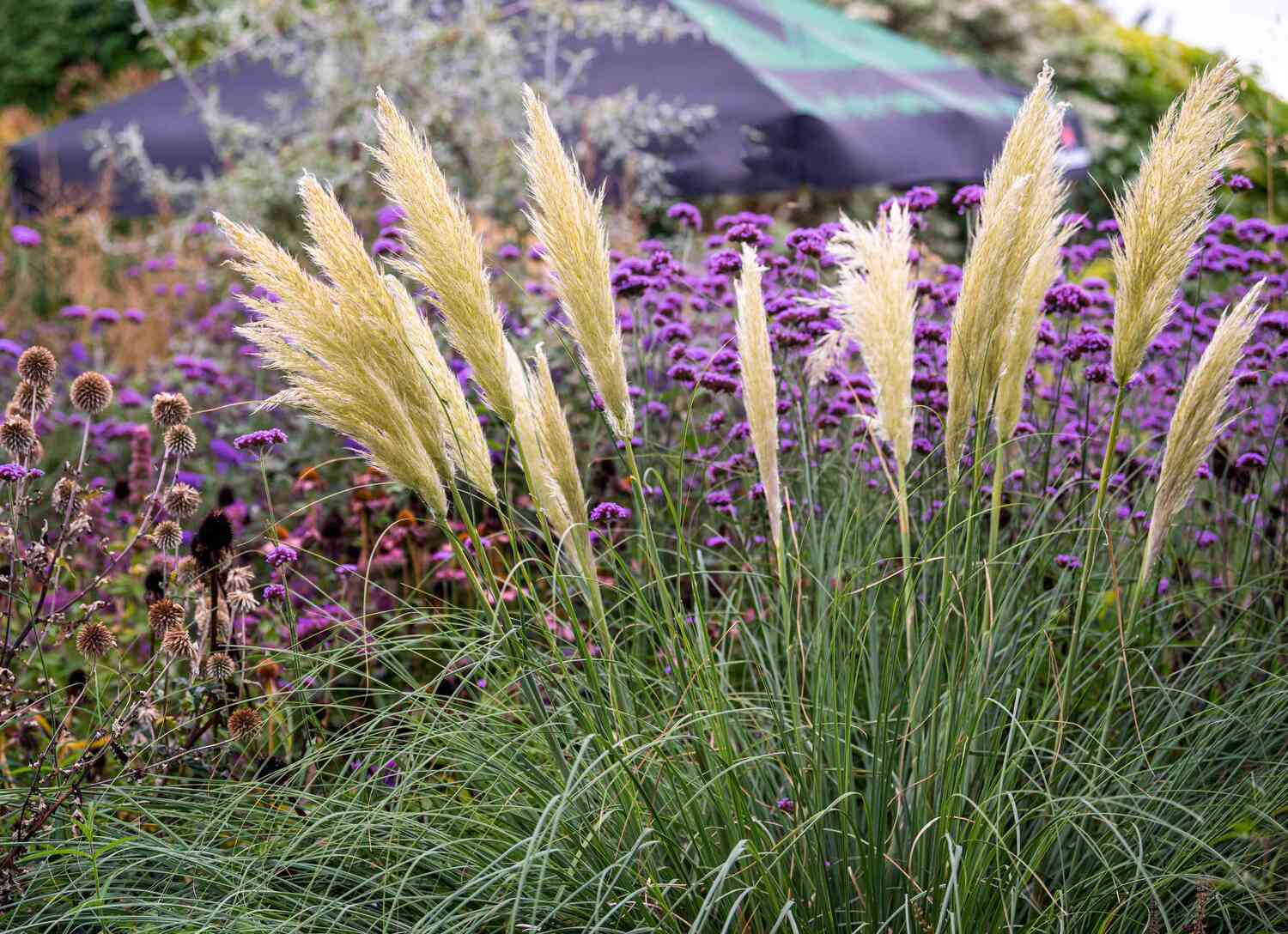
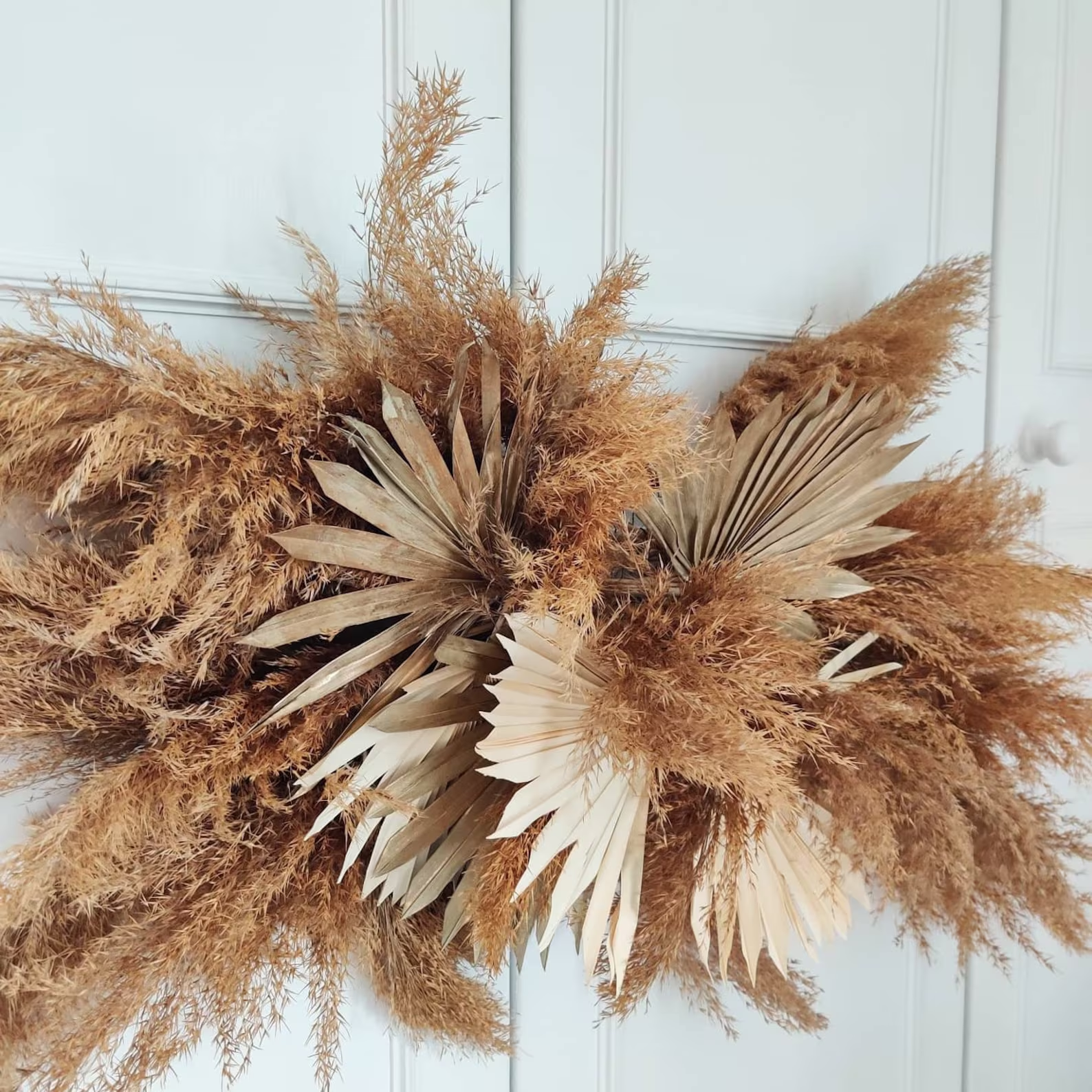
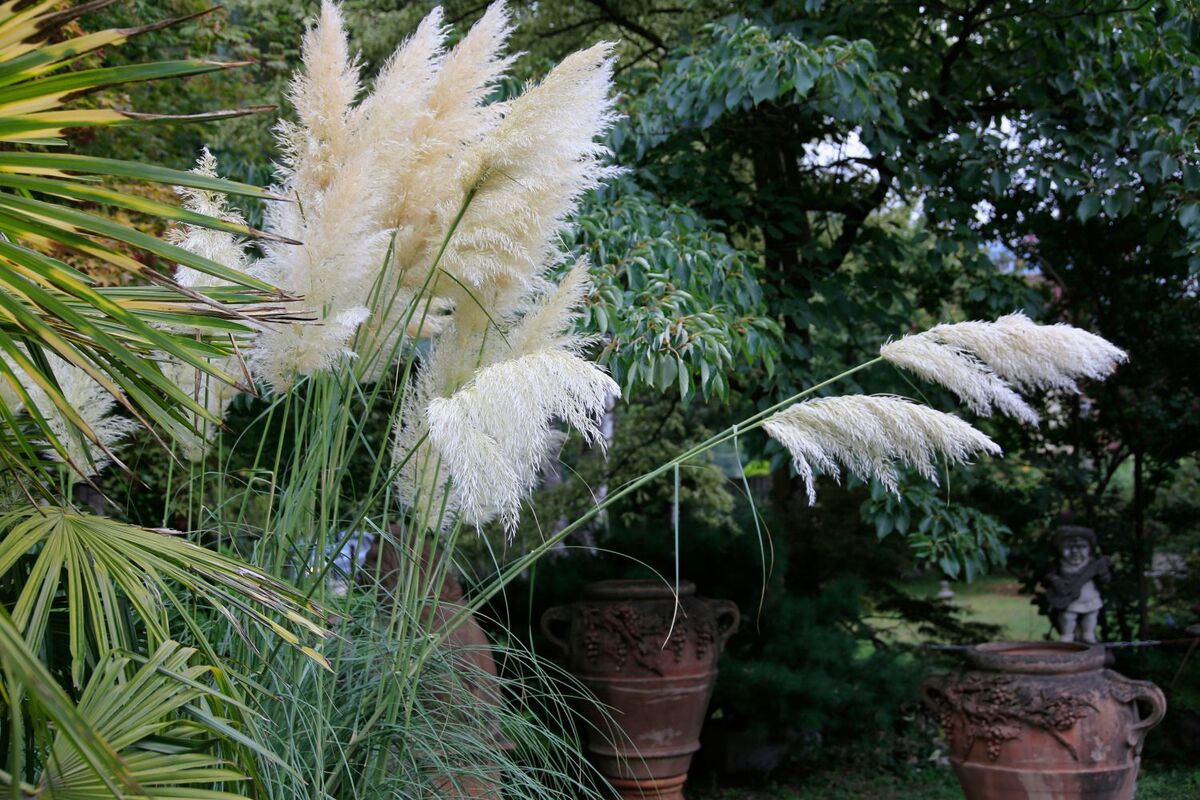
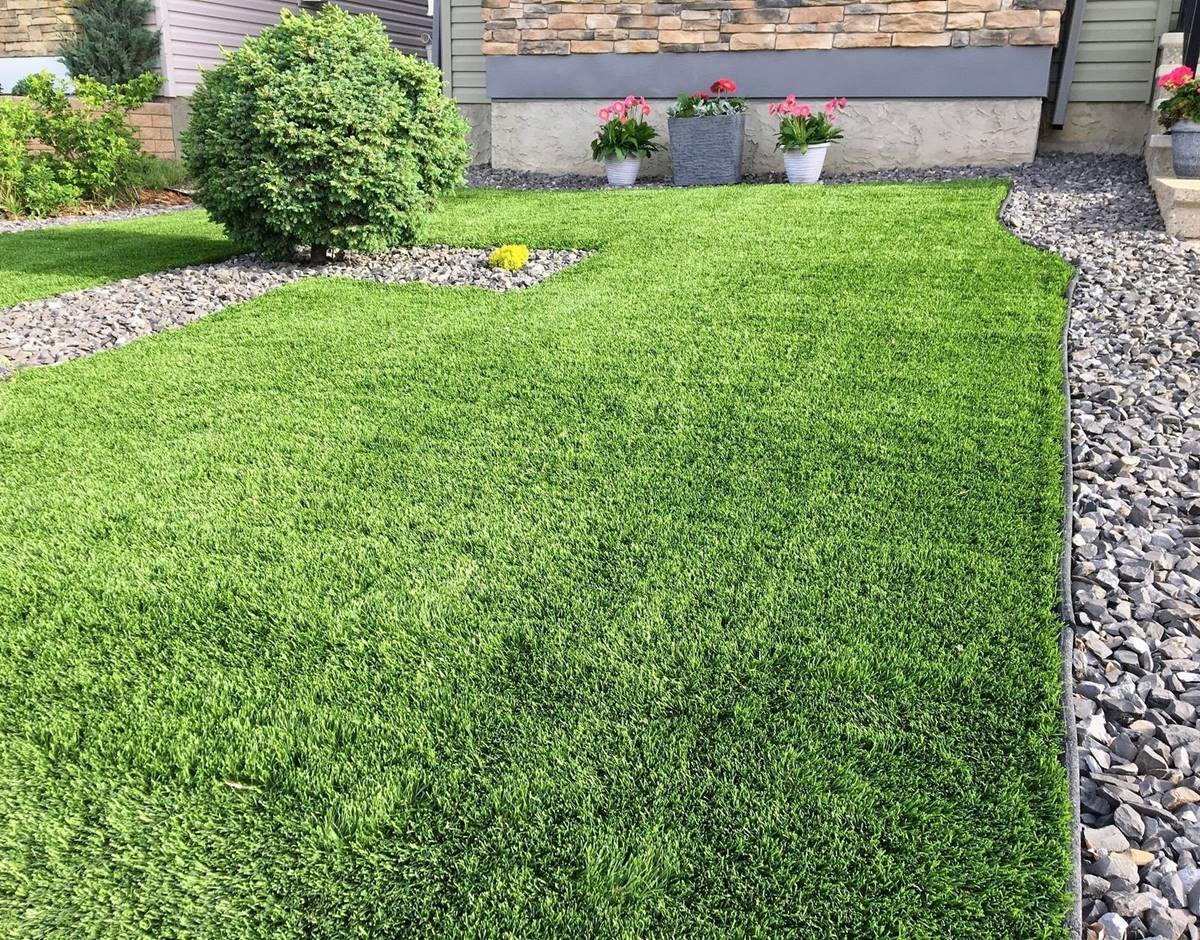
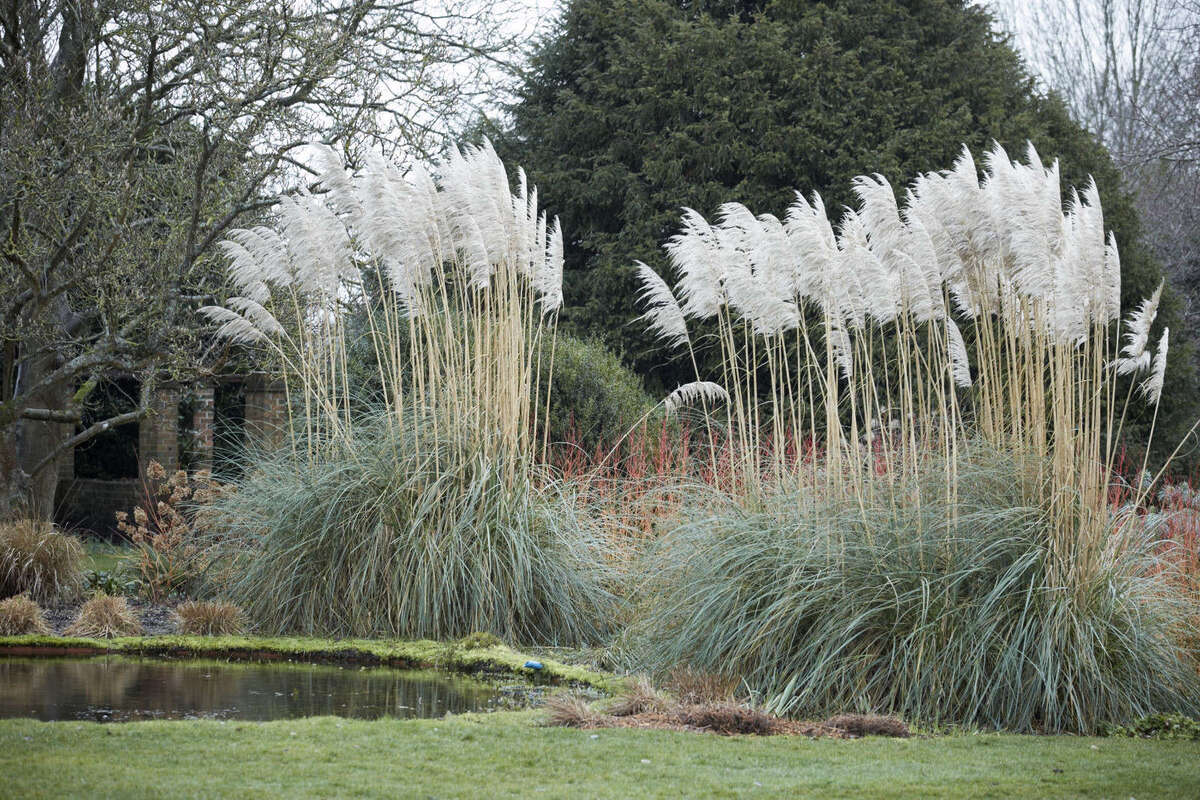
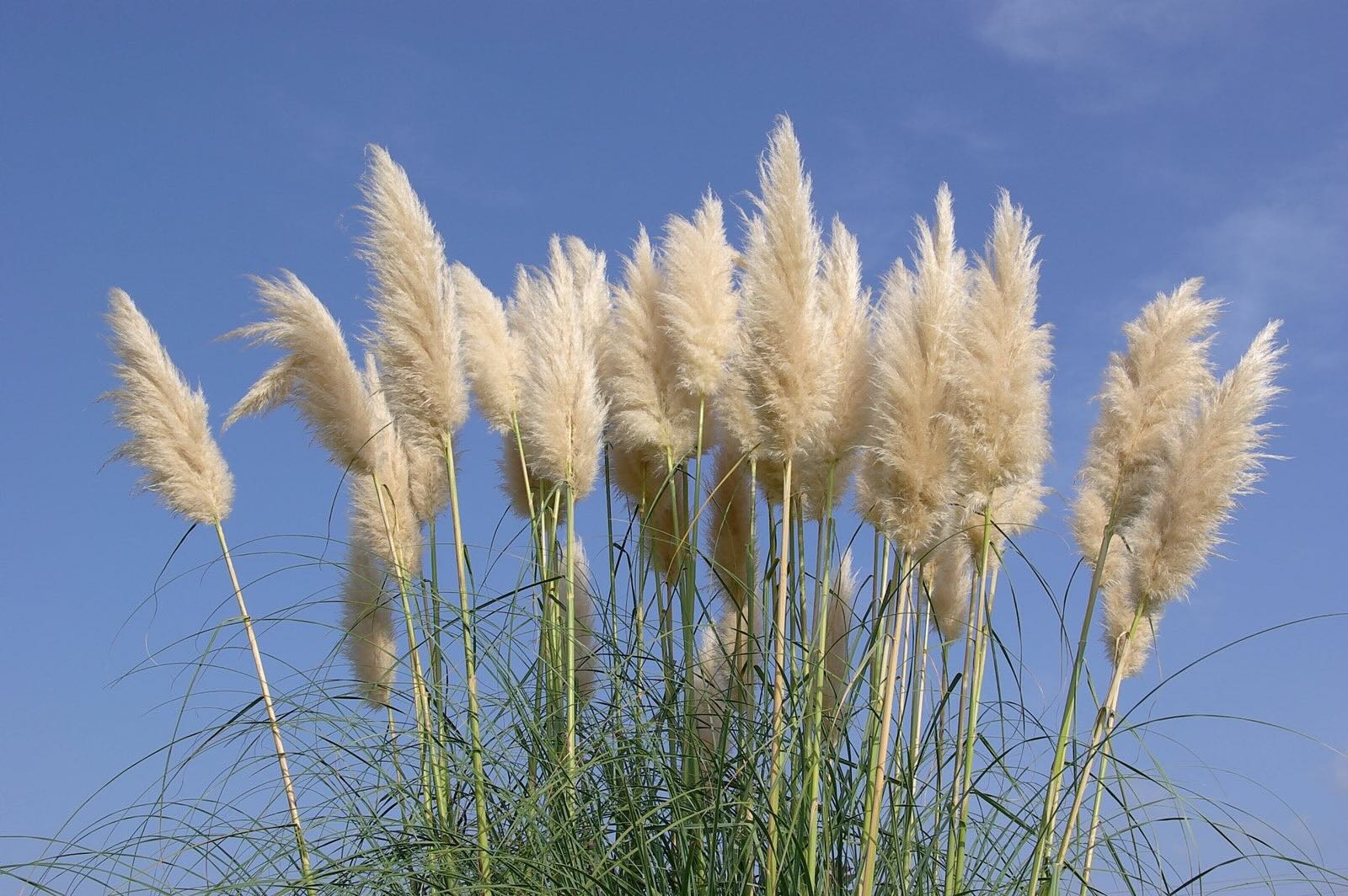

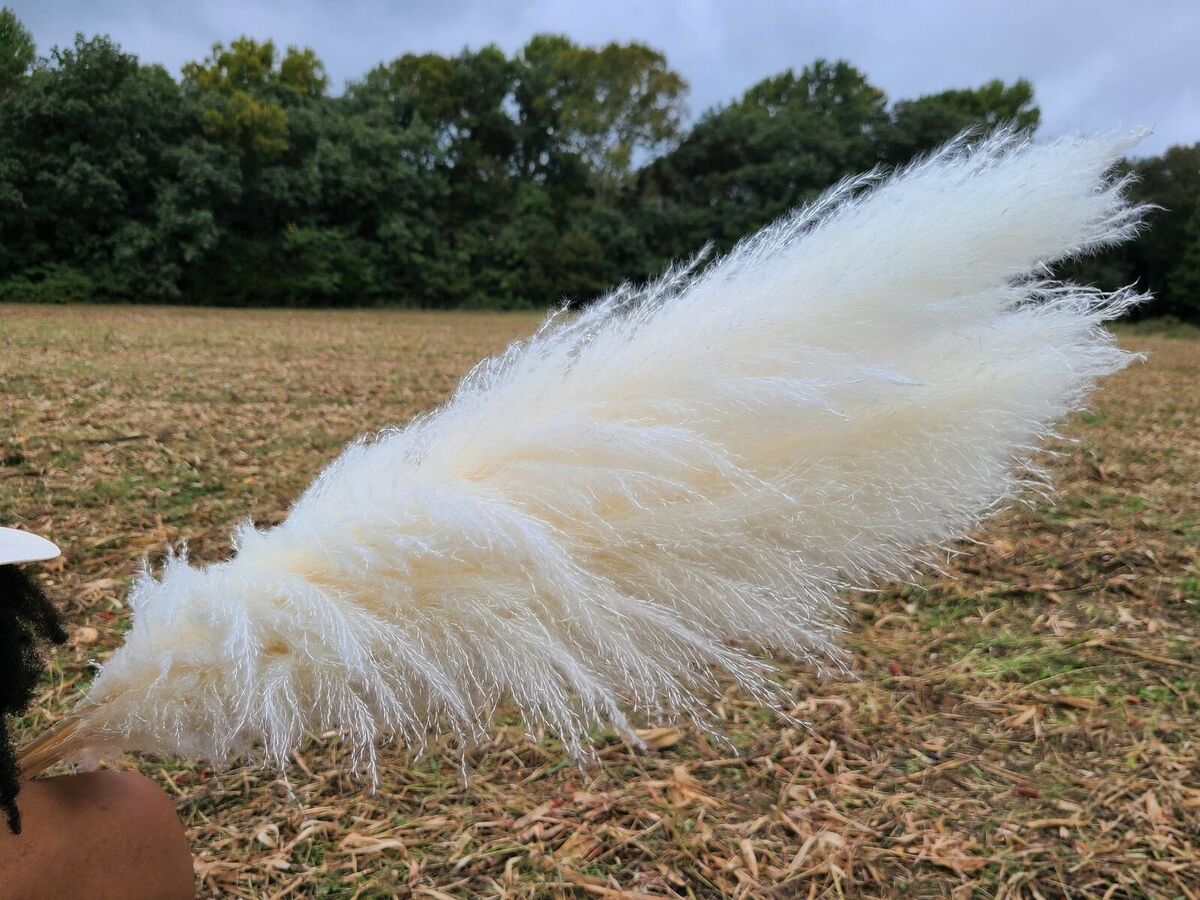

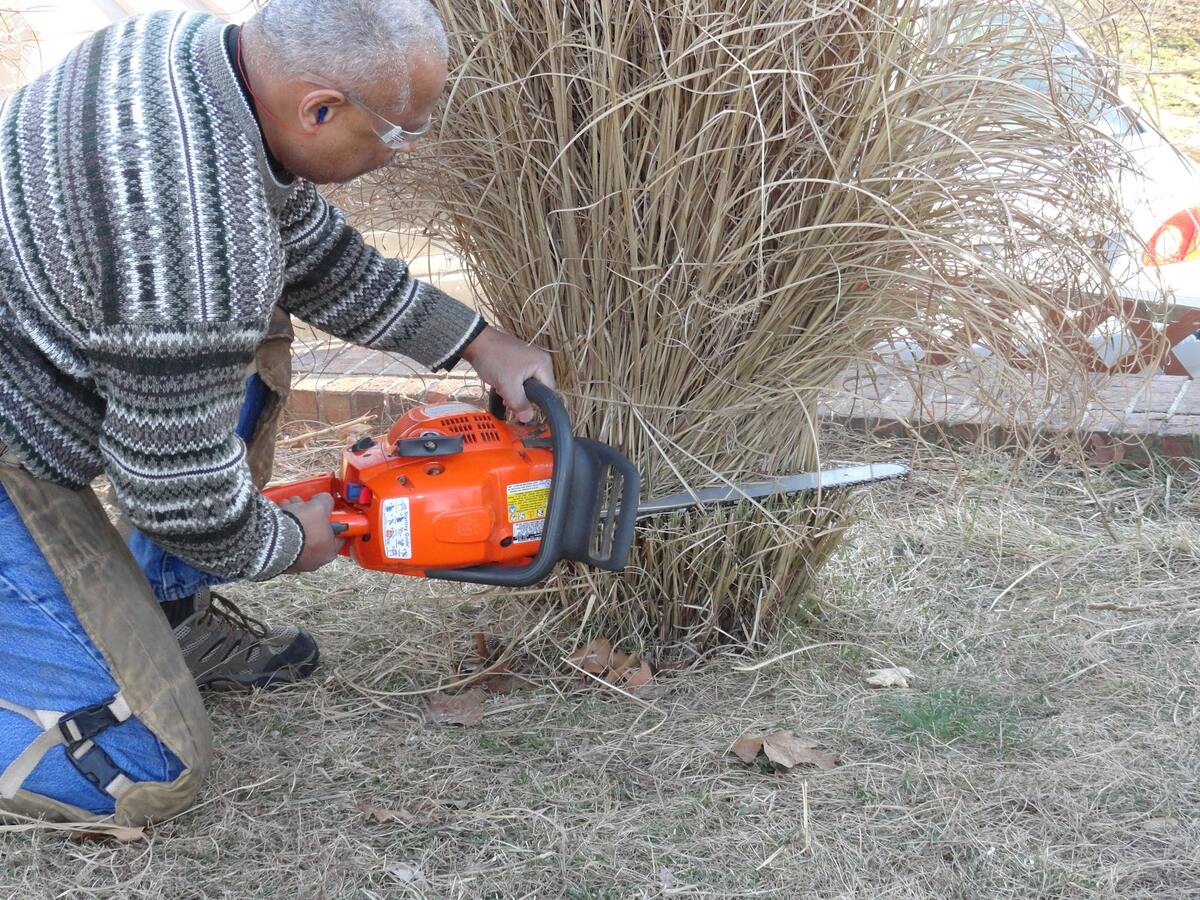

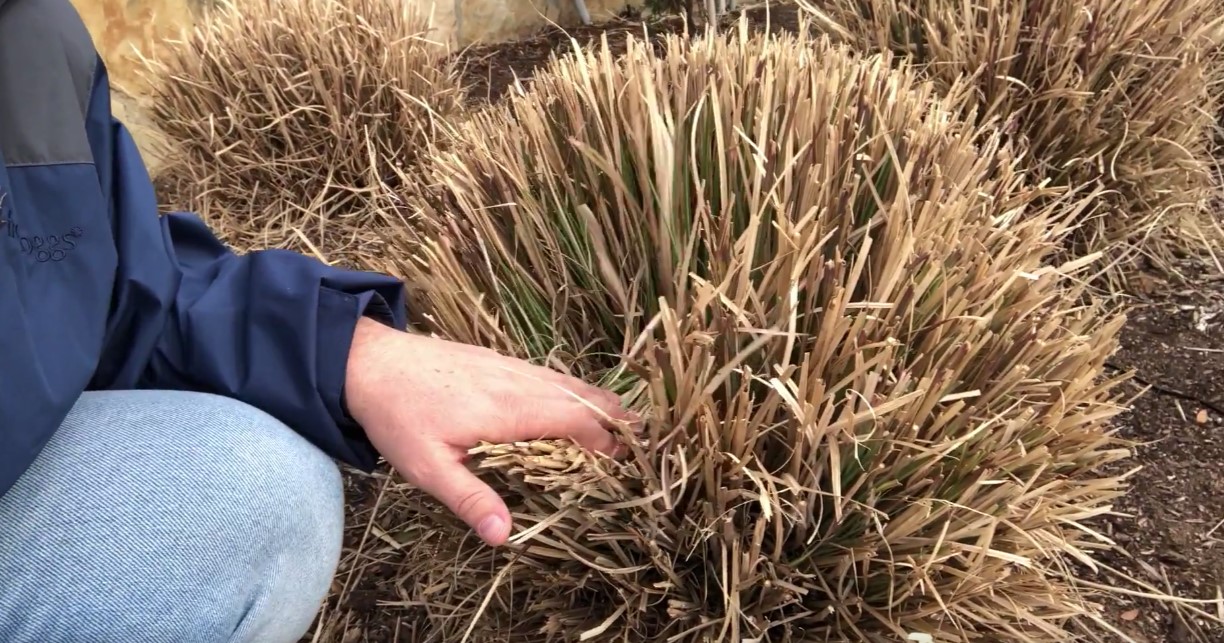

0 thoughts on “How To Dry Out Pampas Grass”